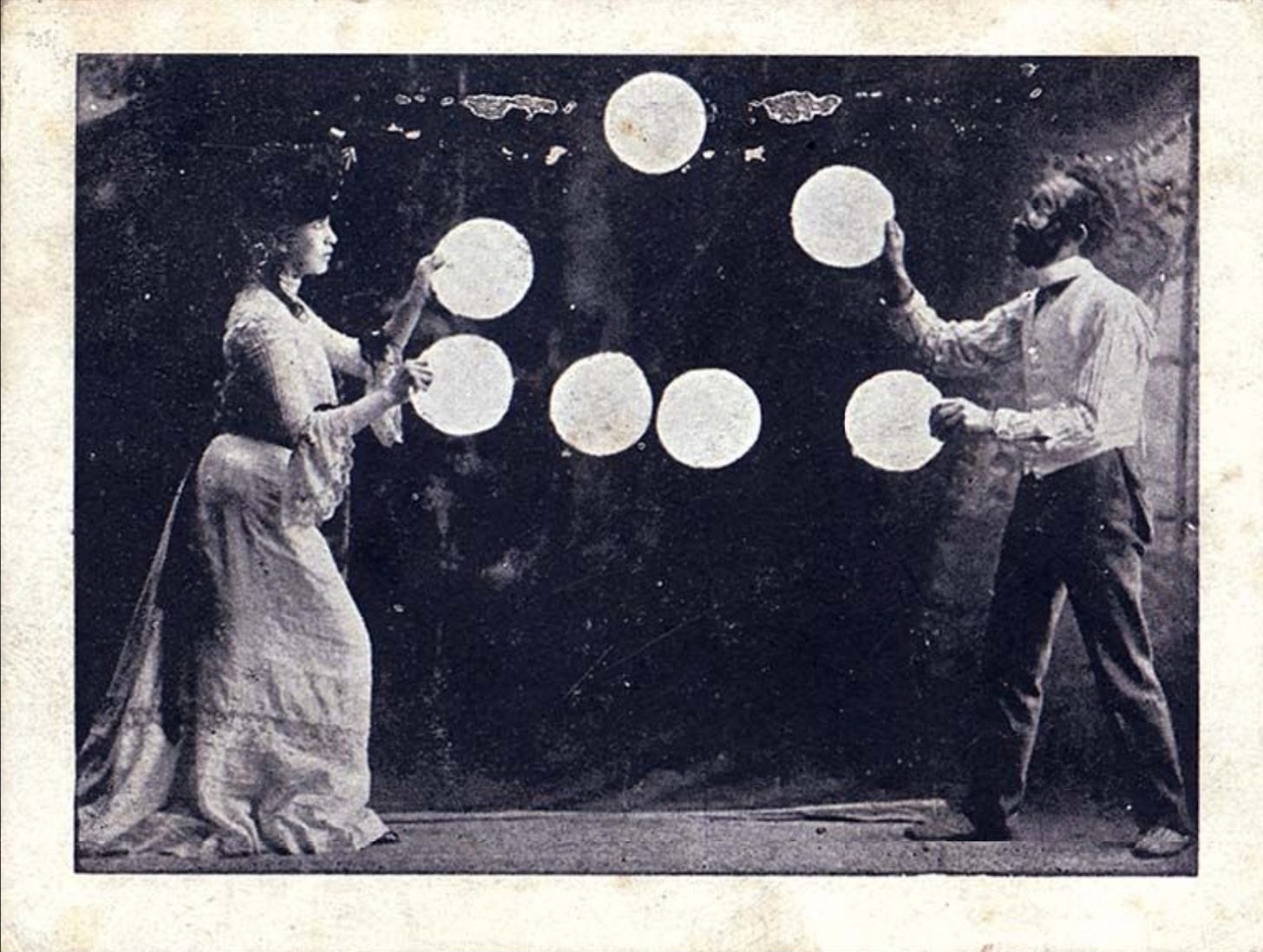In Process: Learning to Juggle
In which, against my whole being, I give you a formula for writing dialogue
Before we get into a little mini-lesson on dialogue and some novel updates I want to direct you to this short essay I wrote about the survival of art and our stories within it for Writing Co-Lab’s 100 Days of Creative Resistance project. Getting this daily email from fellow writers as we move through the first 100 days of this administration has been a reminder that I’m far from alone in my repudiation of their actions, values, and plans. Should you feel the same and want some solidarity regularly delivered, you can read the rest of the archives and sign up here.

For this month’s In Process with yours truly, I want to talk about talking on the page. Writing dialogue is one of the modes that has always come without a lot of difficulty to me—by which I don’t mean I write amazing dialogue, but doing so doesn’t torture me the way, say, writing setting or other lengthy descriptions do. (Have I thought so many times about making a dollhouse of the house in my novel because I can see it so clearly, down to the furniture? I have. Can I describe it to you with words? Painfully. I can draw it for you, though, as I have so many times.) As with anything that comes more easily, it’s thus harder to unravel this mode of story for others. But as I was working on this one scene recently, I finally understood what writing successful dialogue is: juggling. No, I cannot actually juggle; I spent my childhood reading in closets and my adolescence dodging flying objects. But I digress. Good dialogue requires keeping many balls and knives and flaming sticks in the air, all at once. Like so much of good fiction, good dialogue is built on layers1, which I’d like to tease out for you below, and offer some reminders about common pitfalls of two or more characters in conversation.
You want a formula? I hate them, but let’s try one. Let’s say 20% of the conversation is about the thing at hand, the purpose of the scene, what the reader needs to know about plot or relationship. And 80%2? That’s about the container for the dialogue, the physical and also interpersonal space the dialogue happens within. This 80% is where the juggling happens, what gives a scene the sense of being about the whole of characters’ lives in the moment we are listening to them and not floating heads performing information for the reader’s sake.
Keep reading with a 7-day free trial
Subscribe to Talk Soon to keep reading this post and get 7 days of free access to the full post archives.



